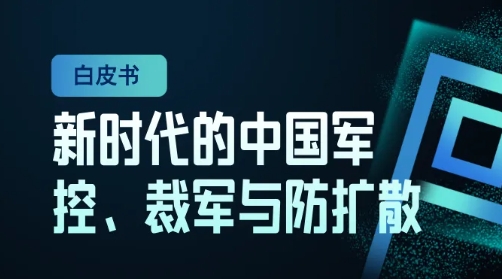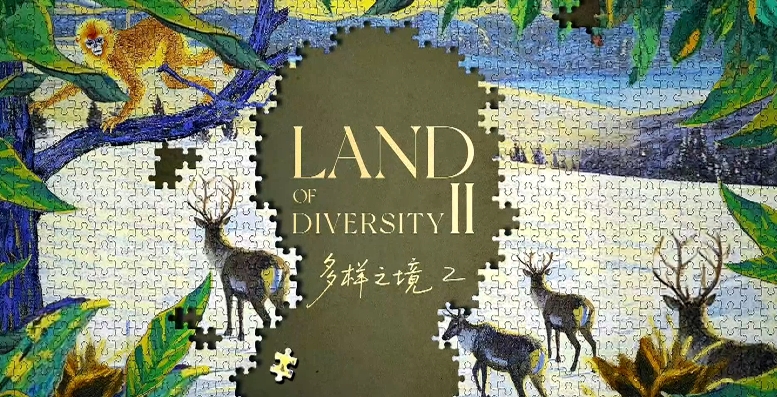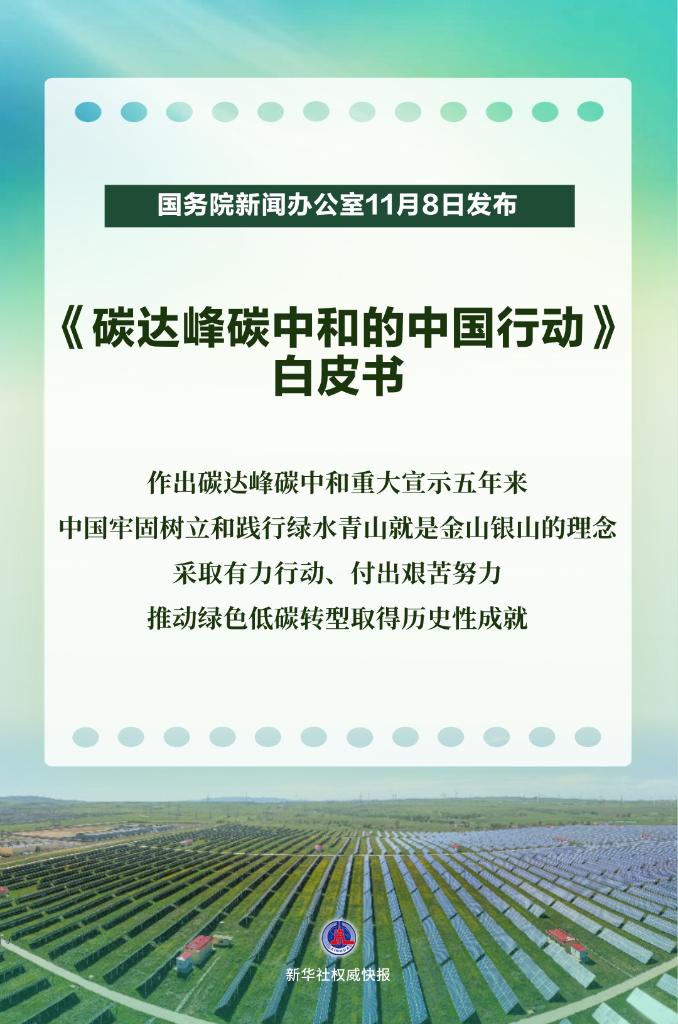CATTI-题库-真题-模拟-课程-直播
 天之聪网校
天之聪网校
 2020-11-16
2020-11-16

 2844次
2844次

2020年11月CATTI二级笔译实务真题
【英译汉】 第一篇:
The world is at a social, environmental and economic tipping point. Subdued growth, rising in equalities and accelerating climate change provide the context for a backlash against capitalism,globalization, technology, and elites. There is gridlock in the international governance system and escalating trade and geopolitical tensions are fueling uncertainty. This holds back investment and increases the risk of supply shocks: disruptions to global supply chains, sudden price spikes orinterruptions in the availability of key resources.
Persistent weaknesses in the drivers of productivity growth are among the principal culprits. In advanced, emerging and developing economies, productivity growth started slowing in 2000 and decelerated further after the crisis. Between 2011 and 2016, “total factor productivity growth” – or the combined growth of inputs, like resources and labour, and outputs – grew by 0.3 percent in advanced economies and 1.3 percentin emerging and developing economies.
The financial crisis added to this deceleration. Investments are undermined by uncertainty, low demand and tighter credit conditions. Many of the structural reforms designed to revive productivity that were promised by policy-makers did not materialize.
Governments must better anticipate the unintended consequences of technological integration and implement complementary social policies that support populations through the Four Industrial Revolution. Economies with strong innovation capability must improve their talent base and the functioning of their labour markets.
Adaption is critical. We need awell-functioning labour market that protects workers, not jobs. Advance deconomies need to develop their skills base and tackle rigidities in theirlabour markets. As innovation capacity grows, emerging economies need to strengthen their skills and labour market to minimize the risks of negativesocial spillovers.
Sustainable economic growth remains the surestroute out of poverty and a core driver of human development. For the past decade, growth has been weak and remains below potential in most developing countries, seriously hampering progress on several of the UN’s 2030 Sustainable Development Goals (SDGs).
The world is not on track to meet any of the SDGS. Least developed countries have missed the target of 7 percent growth every year since 2015. Extreme poverty reduction is decelerating. 3.4 billion people – or 46 percent of the world’s population – lived on less than US$ 5, 50 a day and struggled to meet basic needs. After years of steady decline, hunger has increased and now affects 826 million up from 784 million in 2015. A total of 20 percent of Africals population is under nourished. The “zero hunger”target will almost certainly be missed.
第二篇:
In the mid-1800s a caterpillar, the size ofa human finger, began spreading across the north eastern U.S. This appearance of the tomato hornworm was followed by terrifying reports of fatal poisonings and aggressive behavior towards people. In July 1869 newspapers across the regionposted warnings about the insect, reporting that a girl had died after a run-in with the creature. That fall a local newspaper printed an account from adoctor. The physician warned that the caterpillar was “as poisonous as arattle snake” and said he knew of three deaths linked to its venom.
Although the hornworm is a voracious eaterthat can strip a tomato plant in a matter of days, it is, in fact, harmless tohumans. Entomologists had known the insect to be innocuous for decades, and hisclaims were widely mocked by experts. So why did the rumors persist even though the truth was readily available? People are social learners. We develop most ofour beliefs from the testimony of trusted others such as our teachers, parentsand friends. This social transmission of knowledge is at the heart of cultureand science. But as the tomato hornworm story shows us, our ability has agaping vulnerability: sometimes the ideas we spread are wrong.
Over the past five years the ways in which the social transmission of knowledge can fail us have come into sharp falls. Misinformation shared on social media has fueled an epidemic of false belief.The same basic mechanisms that spread fear about the tomato hornworm have nowintensified – and, in some cases, led to – a profound public mistrust of basic societal institution.
“Misinformation” may seem like a misnomerhere. After all, many of today’s most damaging false beliefs are initially driven by acts of disinformation, which are deliberately deceptive and intended to cause harm. But part of what makes disinformation so effective in an age of social media is the fact that people who are exposed to it share it widely among friends and peers who trust them, with no intention of misleading anyone.Social media transforms disinformation into misinformation.
Many social scientists have tried tounder stand how false beliefs persist by modeling the spread of ideas as acontagion. In a contagion model, ideas are like viruses that go from mind tomind. You start with a network, which consists of nodes, representing individuals, and edges, which represent social connections. You seed an idea inone “mind” and see how it spreads.
【汉译英】 第一篇:
2019 年 12 月,发现了一批聚集性肺炎病例。1 月 30 日,世界卫生组织将此疫情列为国际关注的突发公共卫生事情(PHEIC)。面对疫情,专家经考察研究,达成几点共识。
首先,它是一种新的冠状病毒。其次, 新冠肺炎有家庭聚集性的特点;人群普遍易感染,但多数患者是轻症,可以康复。第三,它的传播力高于 SARS,因有的患者无症状或轻症,新冠肺炎隐匿性强。第四,目前尚无特效药和疫苗。
面对疫情,中国采取了严格、彻底、科学、精准的防控措施,打响了一场抗疫人民战争。种研人员甄别病原体、研究诊治方案、研发抗病毒疫苗。火神山、雷神山医院拔地而起,方舱医院一所所开放,全国各地的医护人员和部队人员紧急结奔赴“抗疫战场”,为病人提供紧急救治。随着一批批轻症患者治愈出院,14所方舱医院陆续关舱。
疫情没有国界,是人类面临的共同挑战。中国支持世卫组织发挥引领作用,与国际社会 共同抗疫,为完善全球卫生治理做出积极贡献。
第二篇:
农业要保持粮食供应。从供给数量看,2019 年我国粮食产量再创新高,棉油糖生产稳定,果菜茶供应充足,但是公众关注生猪供给。受非洲猪瘟等因素影响,今年生猪产能下降较多。一场生猪稳产供保行动在全国各地展开,政府部门从财政支持,用地保障、金融保险等方面持续发力。目前生猪生产已出现回暖,猪肉供应将有所增加。同时,禽肉生产增加较 多,牛羊肉生产形式好,肉类供应有保障。
此外,供给的质量和效益也日益提高,品种结构调优。大豆面积增加了 92 万公顷。各地积极发展优质稻谷、小麦、大豆、油菜、高产高糖甘蔗等。不少地方推进适应性种植,适当调减非适应区种植,东北寒冷地区和南方重金属污染区水稻调减 20 万公顷,小麦调减 20 万公顷。
2019 年,国家在 175 个县开展有机肥替代化肥,在 150 个县开展果菜茶全程防控试点。目前,病虫绿色防控面积超过 5300 万公顷,化肥用量连续 3 年实现负增长。经过多年的探索实践,耕地轮作休耕试点省份已由 9 个增加到 17 个,试点面积由 40 万公顷扩大到 200 万公顷。试点区域耕地质量稳步向好,生态环境得到改善,提升了稻米、小麦等的竞争力。

 点赞(0)
点赞(0)

 收藏
收藏

Greetings to all! Year after year, life opens a fresh chapter. As the new year begins, I extend my best wishes to you from Beijing!
新华网 2025-12-31 19:53:10
 收藏资讯
收藏资讯

军控、裁军与防扩散,寄托着人类铸剑为犁、干戈载戢的美好夙愿,承载着降低战争风险、消除安全赤字、促进世界和平的重要使命,关乎全球战略安全与人类共同福祉,日益成为国际社会共同期待。
国新办 2025-12-03 08:43:20
 收藏资讯
收藏资讯

今年是中国人民抗日战争暨世界反法西斯战争胜利和联合国成立80周年。在这一关键历史节点,习近平总书记胸怀人类前途命运、把握时代进步潮流,在“上海合作组织+”会议上郑重提出全球治理倡议,为解答“构建什么样的全球治理体系、如何改革完善全球治理”的时代命题亮明了中国方案。
外交部 2025-11-13 09:12:08
 收藏资讯
收藏资讯

地球是人类赖以生存的家园,应对气候变化、推动可持续发展关系人类前途和未来。人类进入工业文明时代以来,在创造巨大物质财富的同时,也加速了对自然资源的攫取,打破了地球生态系统平衡,人与自然深层次矛盾逐步凸显。近年来,气候变化不利影响日益显现,全球行动紧迫性持续上升。
国新办 2025-11-12 10:02:52
 收藏资讯
收藏资讯